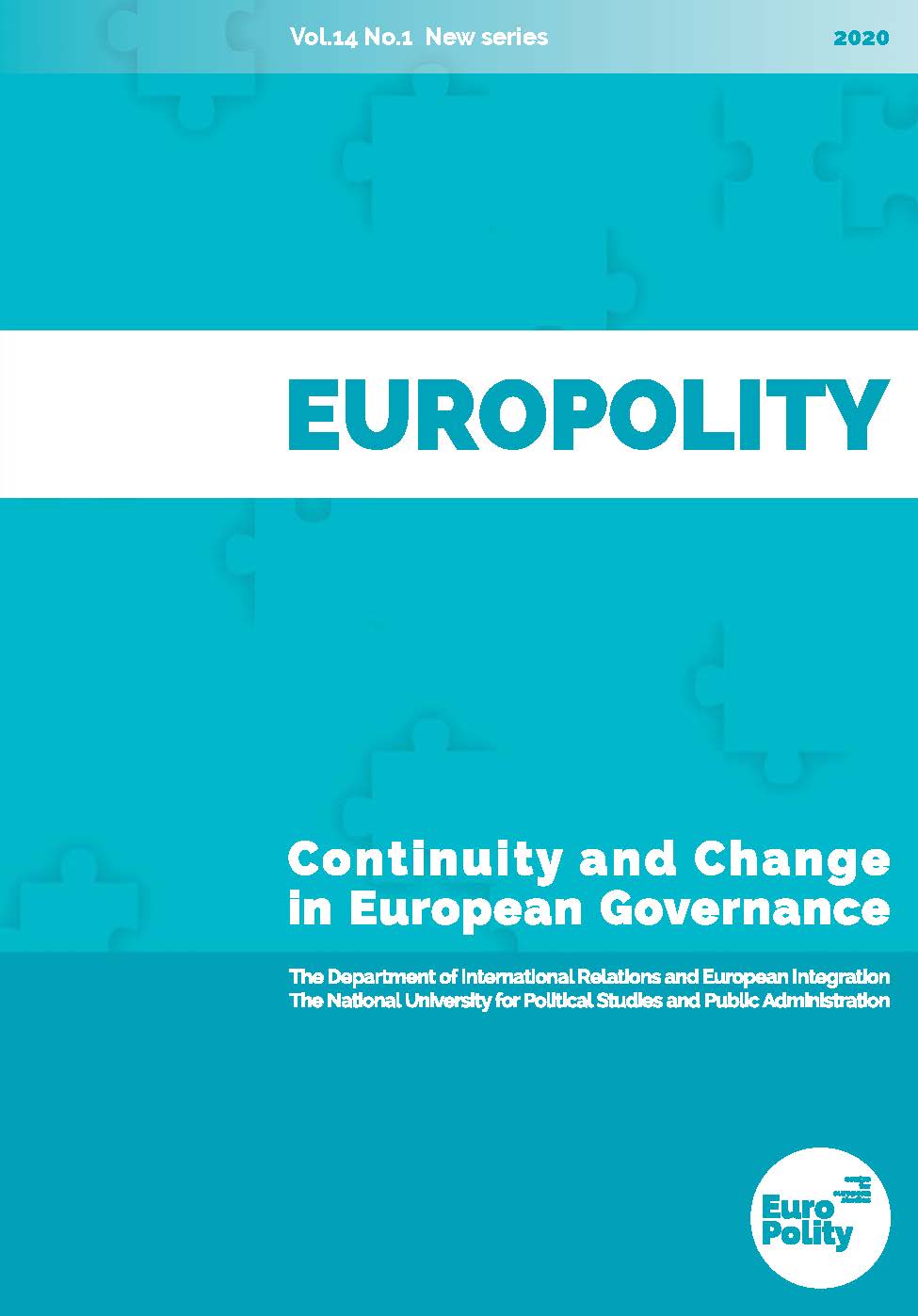A PSYCHOSOCIAL PROFILE OF THE IMMIGRANT: A CASE STUDY
A PSYCHOSOCIAL PROFILE OF THE IMMIGRANT: A CASE STUDY
Author(s): Ahmet DastanSubject(s): Civil Society, Governance, Geopolitics, Asylum, Refugees, Migration as Policy-fields
Published by: Scoala Nationala de Studii Politice si Administrative (SNSPA)
Keywords: Hizmet movement; Middle East; migration; the European Union;
Summary/Abstract: The migratory flux from the Midele East to the European Union has been on the rise in the past decades due to the almost continuous conflicts in the Arabic Peninsula and to the economic differences between the two regions. Many people were displaced by war and have decided to migrate to the European Union because of the good perspectives the EU Member States have offered for them and for their families. Although there are many general characteristics of the migratory flux from the Middle East to the European Union, every migration wave has its own traits, its own motives and its own dimensions. Starting from these premises, the specific traits, motives and dimensions of the migratory wave of members of the Hizmet Movement in the past three years will be studied in this article. This movement has emerged in Turkey half a century ago and has become today an important social construct in this country, a network formed of educated people who are involved in developing projects aimed at helping the community. Many of the volunteers who are part of the Hizmet Movement have decided to leave the country after the political events that took place in Turkey and 2016. This situation has led to a large wave of migrants from Turkey to the EU Member States in the past three years and to a migratory flux with its own traits, motives and dimensions. Starting from these premises, we will show how Hizmet is an example of a politically motivated, forced immigration, with consequences on employment, family, identity, standard of living, all analyzed from the perspective of the right to emigration according to the UN Global Compact for Emigration developed in 2016. In this article, we will seek to identify these specific characteristics of the recent migratory wave from Turkey to the European Union, the results of the study showing that this wave has many of the characteristics of the larger migratory flux that connects the Middle East and the European territory and that the characteristics of this migration spurt are predicted by the most important academic theories of migration.
Journal: Europolity - Continuity and Change in European Governance
- Issue Year: 14/2020
- Issue No: 1
- Page Range: 63-79
- Page Count: 16
- Language: English

